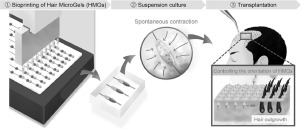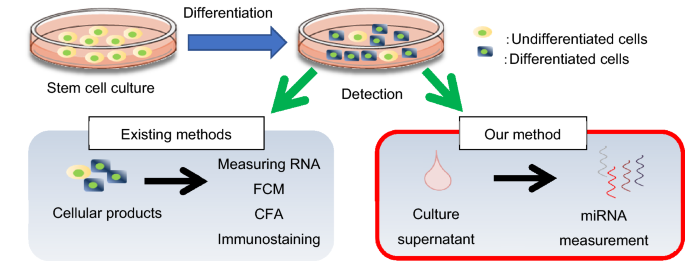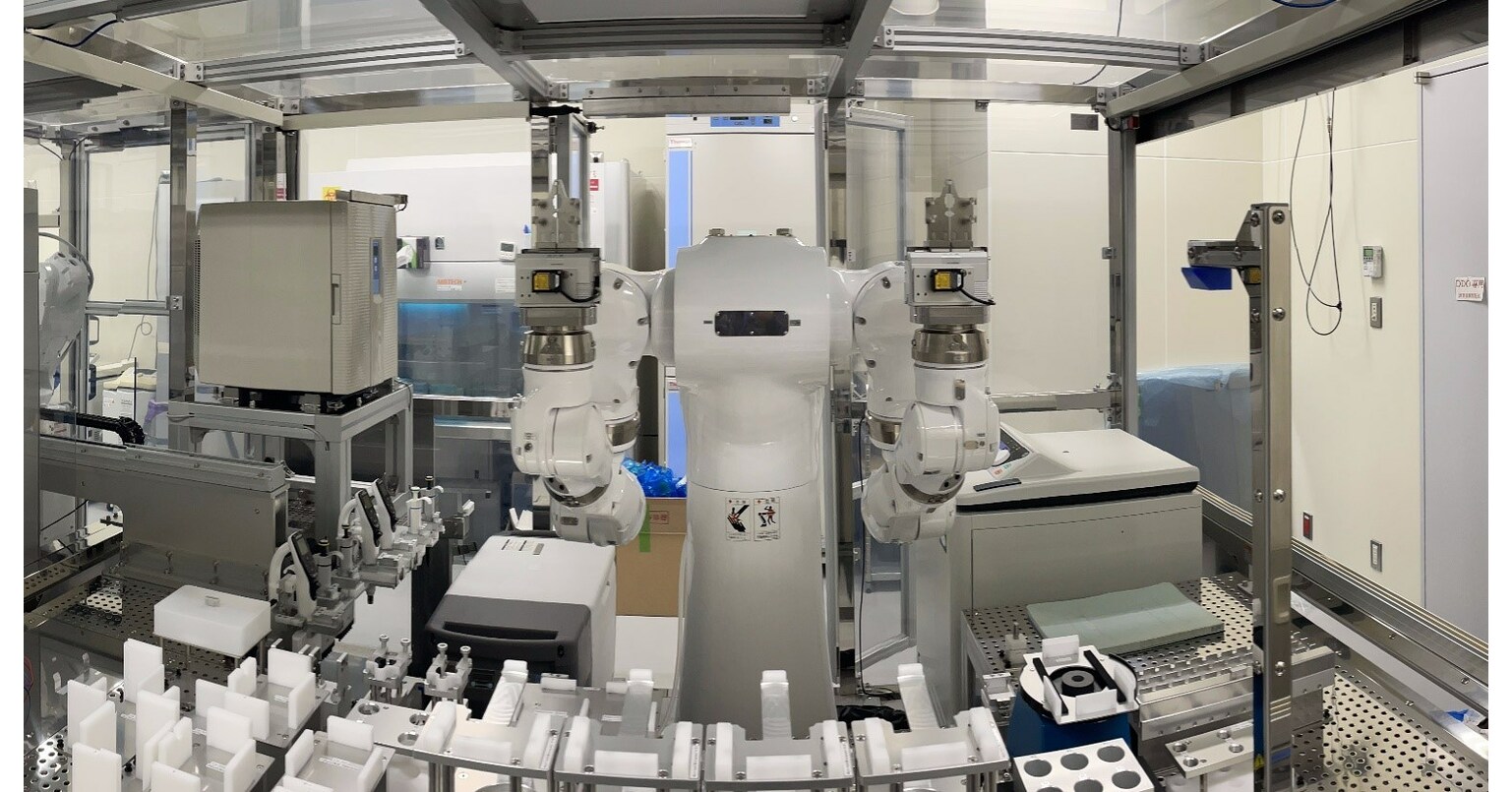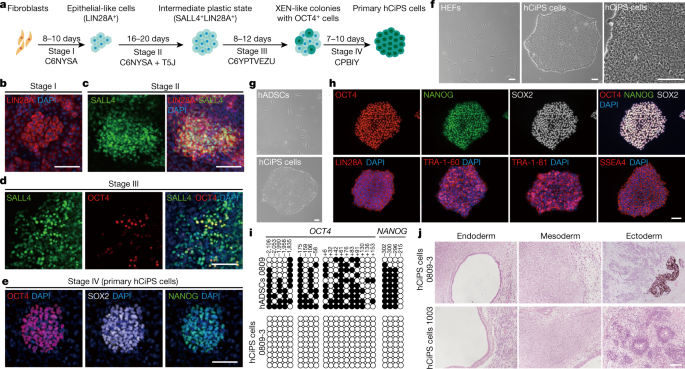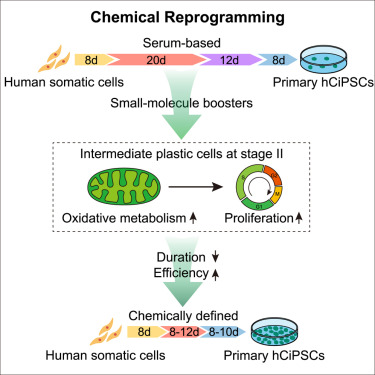Hair loss: The latest research on causes and treatments (medicalnewstoday.com)
Hair follicles in a dish
For the first time, researchers have grown fully functional mature mouse hair follicles in vitro in the lab — in other words, outside a living animal. The “hair follicle organoids,” or “follicloids,” produced hair shafts that grew around 3 millimeters in 23 days.
The researchers hope that their cultured hair follicles will be useful for studying the biology of hair growth and pigmentation, and to screen new drugs.
In October 2022, they described their mouse hair follicloids in
Science Advances.
“Our next step is to use cells from human origin, and apply [the technique] for drug development and regenerative medicine,” says senior author
Dr. Junji Fukuda, a professor in the faculty of engineering at Yokohama National University in Japan.
Their work could offer opportunities to develop new, more effective treatments for hair loss, such as androgenetic alopecia.
However, the follicloids do not undergo growth cycles in the same way as normal hair. To reproduce hair cycles, it may be necessary to transplant the hair follicles into living animals.
Prof. Fukuda told
Medical News Today that he and his colleagues have recently achieved this with individual follicles, which each contain a hair shaft up to 10 millimeters long.
“From the results, we think that signals from the body are necessary for hair cycles,” he said.
Since their recent study was published, they have also grown human hair follicles from stem cells, though for now these follicles remain at an immature stage. End.
I was reading that Fukuda hopes to start human trials this year (2023) on hairlosscure2020 but how is this possible if follicles remain at an immature stage?

